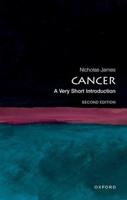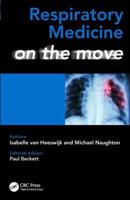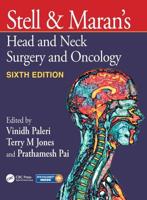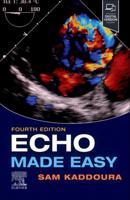Publisher's Synopsis
This book is intended for healthcare providers at any level. However, if you are a beginning student, it will be especially helpful. With about three hundred short and easily readable vignettes, this book will help you to navigate for the years ahead. This is not an academic piece of literature but meant to be a pragmatic look at patient care. It represents a best effort to provide a much-needed book on the realities of patient care and issues in day-to-day medical life. This book contains six chapters of "real life" stories and observations learned from the day-to-day life of a practicing internist and subspecialist. Some of the observations are sobering, some are humorous, some are soul searching, and some are downright surprising. Many of the stories just give sound advice. Chapters include: patient observations, views on family members, views on healthcare providers, views on healthcare, views on patient and provider interaction, and finally para-medical observations.I am a physician who has been in practice for over 35 years and spend all my time daily taking care of patients in the office and hospital, as well as teaching medical and PA students at all levels. The genuine day to day practice of medicine is a long way from medical school, PA/NP school, and internship or residency. Unfortunately, some students will say, "Why should I read this? How will this help me run a code blue? I only need to read medical journals?" Then, they have missed the point. If one is going to practice medicine in the community, then this book is for you. It has a bend towards adult primary care medicine and subspecialty medicine. You will need to talk with a pediatrician or surgeon for more specific insights into their areas of patient care. There are "crossover similarities" in some areas of patient care that are universal. Soon after you start your career in patient care, you will find that the practice of medicine is far more than an intellectual pursuit.A general understanding of these real-life stories and observations will serve medical students and healthcare providers well for the future.









